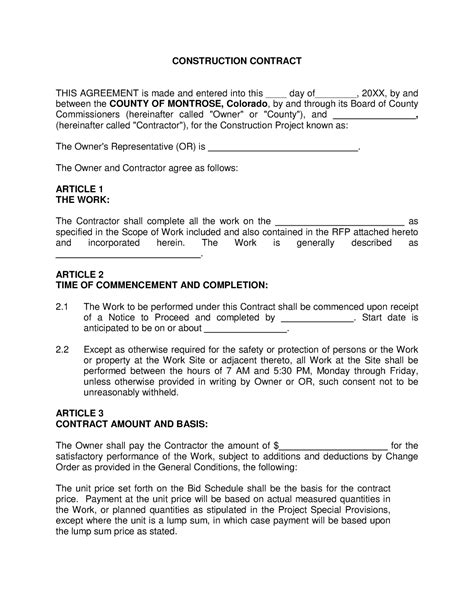Sending Custom Contract Interactions Using Metamask: A Step-by-Step Guide
As the demand for decentralized finance (DeFi) applications continues to grow, many users are looking for ways to interact with smart contracts on platforms like MM.finance. However, a common challenge users face is that their websites or applications may not support custom interactions or require external wallets to execute them. That’s where Metamask comes in—a popular cryptocurrency wallet and browser extension that enables seamless interaction with DeFi protocols.
In this article, we’ll explore how to send custom contract interactions using Metamask, specifically for the MM.finance protocol. We’ll also address a common challenge users face when trying to approve a token spend on MM.finance before it goes live: how to do so without relying solely on the functionality of their website.
What is custom interaction?
Custom interaction refers to interacting with smart contracts using external wallets or applications, rather than relying solely on the protocol’s built-in functionality. In the case of MM.finance, custom interactions allow users to submit custom transactions, such as approving a token spend before it is released, without having to interact with the website directly.
Why Metamask?
Metamask is an excellent choice for submitting custom interactions with DeFi protocols like MM.finance. Its features make it easy to:
- Interact with smart contracts
: Metamask allows users to submit custom transactions and interact with smart contracts using external wallets or applications.
- Use Web3-enabled browsers

: Users can access their Metamask wallet on Web3-enabled browsers like Brave or Opera.
- Multi-protocol support: Metamask supports a wide range of DeFi protocols, including MM.finance.
How to Send Custom Contract Interactions Using Metamask
To send custom contract interactions using Metamask, follow these steps:
- Install the MetaMask browser extension: Download and install the MetaMask browser extension from the Chrome Web Store or the Brave store.
- Connect your Metamask wallet: Connect your Ethereum account to your Metamask wallet.
- Create a new transaction: In the MetaMask browser, click the “Transaction” button and select “New transaction”.
- Select MM.finance contract: Choose the MM.finance contract you want to interact with from the drop-down list.
- Enter custom interaction details: Enter the desired interaction details, such as:
- The token you want to spend (e.g. MM.finance tokens)
- The amount of token you want to send
- Any additional parameters or conditions for approval
- Set up conditional approvals: To approve a token spend before it is released, set up conditional approvals using the “Conditional Approvals” feature in Metamask. This allows users to vote on the transaction and decide whether to approve it.
Challenges when trying to approve a token spend
When trying to approve a token spend on MM.finance without relying solely on the website functionality, users often face challenges such as:
- Website limitations: The website may not support custom interactions or require external wallets.
- Token spending limits: Users may have limited funds available to spend tokens.
- Conditional Approval Requirements: Conditional approvals can be complex to set up and manage.
Conclusion
Sending custom interactions with DeFi protocols like MM.finance using Metamask is a convenient and efficient way to interact with smart contracts without relying solely on the protocol’s built-in functionality. By following the steps outlined above, users can easily create custom interactions that suit their specific use cases.
Although, challenges can still arise when trying to approve a token spend on MM.